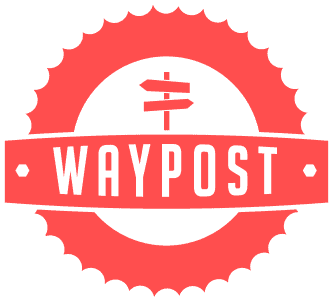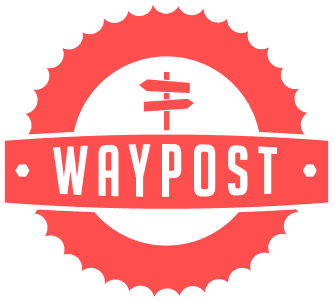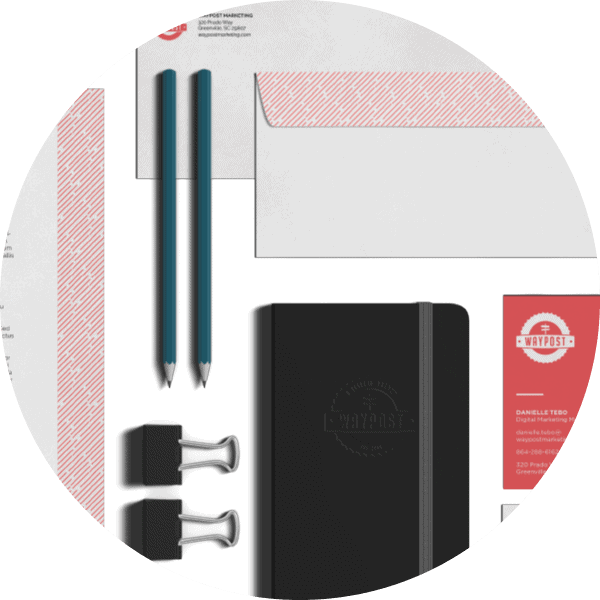
Does Personalized Content Work for B2B Marketing?
March 22, 2018
How To Make A Video In Less Than Two Hours (#cultureofvideo)
March 28, 2018{{ script_embed(‘wistia’, ‘t3eln2gixj’, ‘, ‘, ‘inline,responsive’) }}
If your product is not doing well on the market, price might be the first thing you look into. Interestingly, it’s usually not the real reason why your products don’t get off the store shelves. In fact, increasing the price in parallel with the quality has often been used to boost the marketing impact. Now, we don’t suggest you do the same, but here are smart ways to market and sell an expensive product without giving up on the price:
1. Let the prospect take their time on research.
You don’t go about your working day and suddenly realize you could really use a home sauna right now and right here … let’s check on eBay! No, this simply does not happen.
When it comes to making an expensive purchase, customers often need a long consideration period. They need to do research to feel confident about the purchase, and your content marketing strategy should take advantage of this. Your users go through a certain learning process, your job is to align your content with that learning process to guide your readers through the buyer’s journey.
This means you should have content/information ready for every stage of the buyer’s journey: when they are learning the features of your product, the alternatives available in the market, the benefits of working with you and your competitors, or simply when they need a new dose of inspiration. Draw a map of that journey and develop content for each stop. Then, make sure those stops are connected to each other.
If they constantly receive valuable learning experience from your blog, website, or brochure, you will become their trustworthy source, which makes your salesperson’s task much easier.
2. Discounts are not always a selling point.
There will always be a low-cost competitor; it’s inevitable. For that reason, discounts and sales are a great way to attract new customers and delight the old ones, but when a prospect you just started negotiating with asks for a discount because your competition did, resist the temptation! You offer a high-quality service and it costs the price it does for a reason. Do not offer discounts only because your competition did; it undermines the quality of your product.
Go ahead and give them a discount because they signed up for more than one service, or because they want to sign a long-term contract, or because their industry is your target niche at the moment. If there is no reason other than competition, create a good reason yourself and let your customers know about it.
Make sure your prospect knows that your price is justified by the worth of the product, and every dime counts in the making of a high-quality product. Asking your prospects to earn the discount allows you to stay in the quality group of their options, because it’s not easy for anyone to get your discount.
3. Compare based on value, not price.
Customers love product comparisons, but the job of a smart marketer is to build the comparison around the values that come in the product, not the price. It’s important that your customers understand that they are buying the product, together with its features and benefits—they are not buying the price. When the transaction is over, they are left with a product that will be either a huge disappointment or an enjoyable part of their day.
Chances are that some of your prospects have already tried low-cost vendors in the past and the reason why they are talking to you now is because the low-cost and low-quality solution disappointed them. They might not tell you about it upfront, but a customer who has already regretted a bad low-cost purchase realizes the importance of quality, even if it’s locked behind a “monster” price.
4. Encourage your prospects to research more.
What low-price vendors love doing is creating a sense of urgency to make the prospect buy now … right now, or they’ll be late!
If your company offers expensive products, but you are absolutely sure about their quality, never engage in spammy, low-quality marketing strategies. Instead, show confidence by encouraging your prospect to do their own research. Keep in mind, you’re not asking them to research the prices or competition; you want them to learn more about the product and its values. While you do that, send that prospect useful content on a regular basis, so you become their research buddy.
You will establish a trustworthy image of a brand that’s on the customer’s side, not on the side of the money-at-all-costs. Show your customers that they are not credit card numbers and bags of money for you, they are your partners and supporters—your dream team! This is what sets luxury brands apart from mainstream vendors.
5. Add a complementary gift or an upgrade after the purchase.
The high price is not your weakness; it can be your strength if you want it to be. The truth is that most of the low-cost vendors cannot afford to follow-up with customers after the purchase … but you can! A purchase does not end when the customer pays, it ends when the customer is at their Second Moment of Truth, forming an opinion about your product after using it.
You can own the Second Moment of Truth of your customers by adding a complimentary gift or an upgrade after they made the purchase. Don’t make it a selling point in the beginning of the negotiation process; this should be an exciting surprise that will leave final, positive impressions about your product.
It’s a great way to make your customers feel special and turn them into brand advocates. The next person referred by this customer, will not consider your high price such a painful pinpoint anymore.
Interested in learning more about the buyer’s journey and how your prospects research your product behind your back? Here’s a useful ebook about the Zero Moment of Truth. Grab yours, it’s free!









